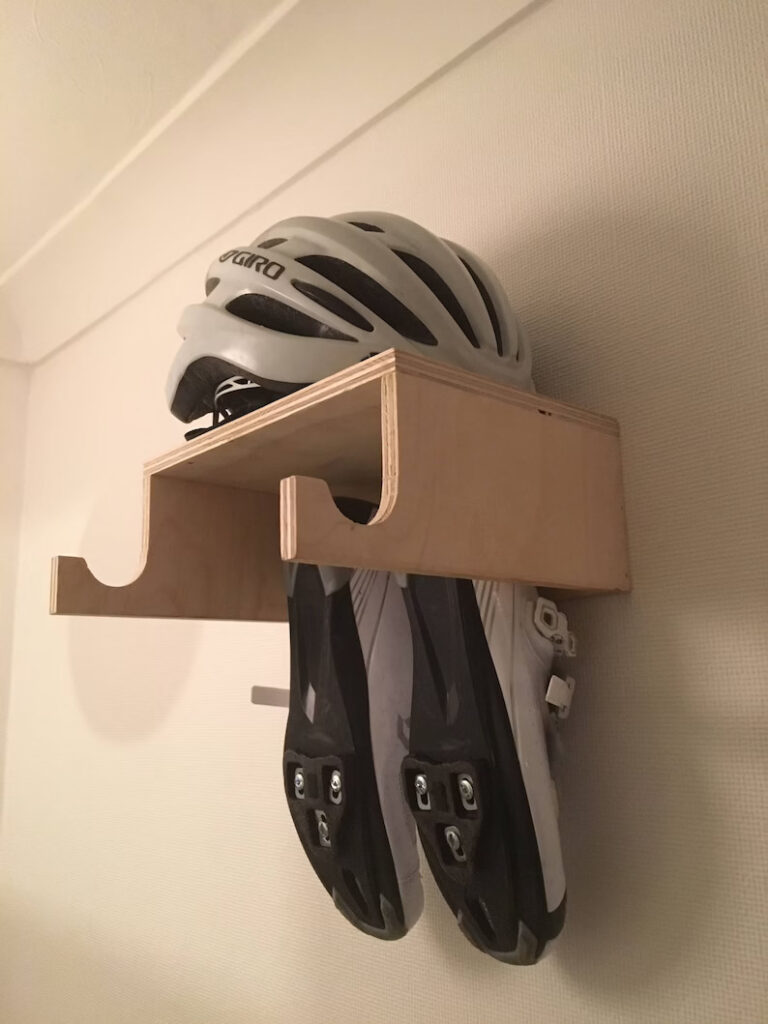Maintaining and Cleaning Road Bike Helmets: A Cyclist’s Guide

Key Point Summary of Maintaining and Cleaning Road Bike Helmets:
- Regular Cleaning Routine: Importance of frequent cleaning to maintain helmet integrity and rider safety.
- Proper Storage and Handling: How to store and handle your helmet to extend its lifespan.
- Inspection and Replacement: Understanding when to inspect your helmet for damage and when it’s time for a replacement.
As a masters cyclist who has spent years racing and riding across various disciplines, including mountain biking, gravel biking, and cyclocross, I have come to understand the critical role of gear maintenance, particularly with road bike helmets. In this guide, tailored for cyclists with beginner to mid-level experience, I will share practical advice and personal anecdotes to help you maintain and clean your road bike helmet effectively.
The Importance of a Clean Helmet from Multiple Perspectives
Why Clean Your Helmet?
Cleaning your helmet goes far beyond just keeping it looking good. It’s a crucial step in maintaining the helmet’s material integrity and ensuring your safety. Regular exposure to sweat, dirt, and oils can lead to the degradation of helmet materials, potentially reducing their ability to protect you in the event of an accident.
After an intense summer of training, I overlooked the importance of cleaning my helmet. When I finally wore it again, I was greeted by an unpleasant odor and noticed the comfort liner had started to break down. This incident was a stark reminder that regular cleaning is not just about hygiene but is also essential for maintaining the helmet’s functionality and prolonging its useful life.
Expert Perspective
Helmet manufacturers often emphasize the importance of regular cleaning for safety reasons. As dirt and sweat accumulate, they can cause the helmet’s inner materials to deteriorate faster than normal, compromising the helmet’s structural integrity and protective capabilities. Therefore, keeping your helmet clean is not just a matter of hygiene; it’s a safety precaution.
Health Standpoint
From a health perspective, a clean helmet is less likely to cause skin irritations and infections. Sweat and bacteria buildup in the helmet’s padding can lead to skin problems, especially for those with sensitive skin or allergies. Regular cleaning helps prevent these issues, contributing to a healthier and more comfortable riding experience.
Maintaining the cleanliness of your road bike helmet is essential from multiple standpoints: it ensures safety by preserving the helmet’s protective qualities, it supports hygiene to avoid skin problems, and it extends the helmet’s overall lifespan.
Detailed Step-by-Step Helmet Cleaning
- Remove Removable Parts: Begin by carefully detaching any removable pads or liners from the helmet. These parts are often more delicate and require a softer cleaning method than the helmet’s hard shell. Tools: Use your hands to gently remove these parts, avoiding any rough handling.
- Gentle Wash for Pads/Liners: Handwash these parts using a mild soap. I recommend using a gentle, non-abrasive soap like Dr. Bronner’s Pure-Castile Liquid Soap, which is effective yet gentle on materials. Method: In lukewarm water (about 30°C or 86°F), gently agitate the pads or liners, allowing the soap to penetrate the fabric. Avoid scrubbing too hard, as this can damage the material.
- Cleaning the Shell: For the outer shell, use a soft cloth or a non-abrasive sponge. A microfiber cloth is ideal for this purpose. Soap: Again, a mild soap like Simple Green All-Purpose Cleaner, diluted in water, works well. It’s strong enough to clean but gentle enough to not damage the helmet’s finish. Technique: Gently wipe down the exterior of the helmet, paying extra attention to areas with grime or sweat build-up. Avoid using any abrasive materials or strong chemicals, as these can degrade the helmet’s protective coating.
- Drying: After cleaning, it’s crucial to let the helmet and its components air dry completely. Environment: Choose a well-ventilated area at room temperature. Avoid placing the helmet or its parts in direct sunlight or near high heat sources, such as radiators or heaters, as extreme temperatures can warp or weaken the helmet’s structure. A temperature around 20°C to 25°C (68°F to 77°F) is ideal for drying.
By following these detailed steps, and using the recommended tools, soaps, and temperatures, you can ensure that your road bike helmet is thoroughly cleaned without damaging its materials, thus maintaining its integrity and prolonging its lifespan.
For beginners looking for a road bike helmet that is easy to clean, the Giro Register MIPS helmet is a great choice. It has a proven track record for being user-friendly, featuring easily removable pads for cleaning and a smooth exterior that can be wiped down effortlessly.

Storing and Handling Your Helmet
Why Proper Storage Matters
It’s crucial to store your road bike helmet in a cool, dry environment. Road bike helmets are constructed from materials that are sensitive to temperature and humidity. Exposure to excessive heat or prolonged sunlight can degrade these materials, specifically the polystyrene foam that forms the core of the helmet’s impact absorption capability. This degradation can significantly diminish the helmet’s effectiveness in providing protection.
Ideal Storage Conditions
Find a storage spot that is away from direct sunlight and not subject to extreme temperature fluctuations. A temperature-controlled room or a shaded, indoor area is ideal. The goal is to prevent the foam and outer shell from expanding or contracting, which can lead to micro-fractures or a weakened structure.
Handling Your Helmet with Care
The Importance of Gentle Handling
The way you handle your helmet can also impact its longevity and effectiveness. Although road bike helmets are designed to withstand impact, they are not built to endure frequent drops or rough handling.
Potential Risks of Mishandling
Dropping or throwing your helmet, even from a low height, can cause internal damage that is not immediately visible. This includes minor cracks or weakening of the foam structure, which can compromise the helmet’s ability to protect you in the event of an accident.
Best Practices for Handling
Always handle your helmet with care. When not in use, place it gently on a stable surface or store it in a protective bag or case. Avoid hanging it on handlebars or any point where it can easily fall.
In summary, proper storage and handling of your road bike helmet are essential to maintain its protective qualities. By storing it in a suitable environment and handling it carefully, you extend its lifespan and ensure that it remains effective in safeguarding you on your rides.
Regular Inspections and Knowing When to Replace
Inspect your helmet regularly for cracks, strap damage, or other signs of wear. If you’ve been involved in a crash, it’s crucial to replace the helmet, as its ability to protect may be compromised, even if there’s no visible damage.
I once took a minor fall with seemingly no damage to my helmet. Upon closer inspection, I found a small crack, which was a clear indication that it had absorbed impact and needed to be replaced for safety.
FAQ
What is the best thing to clean a helmet with?
The best thing to clean a helmet with is mild soap and water, using a soft cloth or sponge for gentle cleaning. Avoid harsh chemicals or abrasive materials.
How do you clean a smelly helmet?
To clean a smelly helmet, wash the removable pads with mild soap and water, wipe the helmet’s interior and exterior with a cloth dipped in a mixture of water and mild soap, and let it air dry completely.
How do you clean a head helmet?
To clean a head helmet, remove any detachable liners and pads, wash them with mild soap and water, wipe the helmet’s interior and exterior with a soft cloth using a gentle soap solution, and allow it to air dry.
Conclusion
Maintaining and cleaning your road bike helmet is an integral part of cycling safety and hygiene. A well-cared-for helmet not only ensures maximum protection but also extends the life of your investment. Whether you’re a beginner or an experienced cyclist, regular helmet maintenance is a habit worth developing.
By adhering to these guidelines for storing and handling your road bike helmet, you’re not only preserving its structural integrity but also ensuring your safety in every ride.
John






